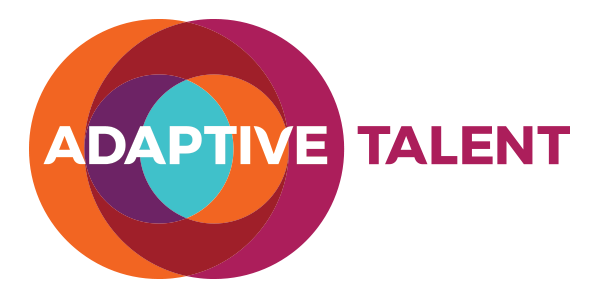Anne Bares is the author of the Compensation Cafe and had an interesting blog post about a recent Towers Watson review of the latest trends in incentive compensation. It’s reprinted below for your convenience:
New research by Towers Watson reveals how annual incentive plans have evolved in the past several years and where they may be poised to go as the economy recovers. The study, which the firm conducts every 4-5 years, reflects (in its most recent edition) the responses of 212 North American companies, collected in late 2009.
A few interesting highlights:
- One plan (increasingly) fits all. In most companies now, the annual incentive plan in which the executives participate is also the one offered to employees below the executive level. This seems a smart trend, supporting both the perception and the reality of alignment.
- The ascent of cash flow. There is a shift underway in the types of performance measures used most frequently. While sales or revenue continues to be the most popular financial measure, cash flow has emerged from the middle of the pack to tie for second place with earnings per share. Close behind these are other prevalent earnings/profit measures including operating income/profit, EBIT/EBITDA and net income/earnings/profit. Profitable growth, with a careful eye on cash, seems to be the predominant theme.
- Shift in eligibility criteria. Consistent with the trend to broader participation in a single plan, the most common factor for determining eligibility is now an employee’s salary grade or band. This is a departure from the plans of the past, where the most prevalent factors were title, reporting relationship and officer status – criteria that may have suited “executive” plans, but don’t fit the needs of plans that push further down into the organization.
- Results-based funding. Plan funding is increasingly based on financial results; likely an offshoot of lessons learned in the recent downturn. While the traditional “sum of targets” approach to plan funding is still the most popular (33%), results-based funding has nearly caught it in prevalence (32%, up from 13% in 2001).
- Broader, more complex set of measures. There is also a trend toward using a broader and more complex set of performance measures, likely in an effort to improve line of sight for the broader and more varied set of participants in the typical plan. 66% of respondents report that their plans use three or more performance measures.
—
Adaptive Talent is a talent consultancy designed to help organizations achieve amazing results and ongoing adaptability. Founded in 2008 and based in Vancouver, Canada we offer retained search, assessments, total rewards consulting, training, leadership coaching and development programs, and culture & organizational development consulting.

